N-Acetyl-L-cysteine
Synonym(s):N-Acetyl-L-cysteine;NAC;ACAC;2-Acetamido-3-mercaptopropionic acid;ACACA
- CAS NO.:616-91-1
- Empirical Formula: C5H9NO3S
- Molecular Weight: 163.19
- MDL number: MFCD00004880
- EINECS: 210-498-3
- SAFETY DATA SHEET (SDS)
- Update Date: 2025-12-26 08:49:36
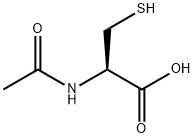
What is N-Acetyl-L-cysteine?
Absorption
An 11 g dose in the form of an effervescent tablet for solution reaches a mean Cmax of 26.5 μg/mL, with a Tmax of 2 hours, and an AUC of 186 μg*h/mL.
Toxicity
Patients experiencing an overdose may present with vomiting, nausea, bronchospasm, periorbital angioedema, and hypotension. Treat patients with symptomatic and supportive measures. Hemodialysis may remove some acetylcysteine from circulation as it is somewhat protein bound.
Description
N-Acetyl-L-cysteine is a kind of membrane penetrating antioxidant. It has anti-inflammatory activity through regulating the activation of NF-κB and HIF-1α as well as modulation of ROS. It can penetrate across the membrane, replenishes intracellular and glutathione and GSH to help the cell fight against oxidative stress. For these reasons, it has the potential for the treatment of neurodegeneration (such as Parkinson’s disease), radiation exposure and other disorders caused by oxidation. Moreover, it can also attenuate the allergic airway diseases.
Chemical properties
N-Acetyl-L-cysteine is a white crystalline powder that has a garlic-like smell and sour taste. It is hygroscopic, and can dissolve in water or ethanol, but is insoluble in ether and chloroform. This substance is also acidic in aqueous solution, with a pH range of 2-2.75 for a concentration of 10g/L H2O.
Originator
Mucomyst ,Mead Johnson,US
The Uses of N-Acetyl-L-cysteine
A metabolite of Methyl Isocyanate.
N-Acetyl-L-cysteine, by itself a poor scavenger of oxidants, is converted inside cells to yield sulfane sulfur species, which are very potent scavengers of oxidants.
The Uses of N-Acetyl-L-cysteine
An antioxidant mucolytic acetylated amino acid.
N-acetyl-l-cysteine (NAC) is a derivative of the dietary amino acid l-cysteine. NAC has a high affinity for lung tissue, which it supports through mucolytic and antioxidant action. NAC also enhances glutathione production and plays a role in heavy metal detoxification.
Indications
Acetylcysteine is indicated for mucolytic therapy and in the management of acetaminophen overdose.
What are the applications of Application
N-acetyl cysteine is an antioxidant that might play a role in preventing cancer. As a drug, it's used by healthcare providers to treat acetaminophen (Tylenol) poisoning. It works by binding the poisonous forms of acetaminophen that are formed in the liver.
Definition
ChEBI: N-Acetyl-L-cysteine is an N-acetyl-L-amino acid that is the N-acetylated derivative of the natural amino acid L-cysteine. It is a pharma ceutical drug and nutritional supplement used primarily as a mucolytic agent and in the management of paracetamol (acetaminophen) overdose. Other uses include sulfate repletion in conditions, such as autism, where cysteine and related sulfur amino acids may be depleted.
Manufacturing Process
To a suspension of 35.2 grams (0.2 mol) of L-cysteine hydrochloride
monohydrate stirred in a reaction vessel containing 87 ml of 91% aqueous
tetrahydrofuran under a nitrogen atmosphere there is added 54.4 grams (0.4
mol) of sodium acetate trihydrate. The mixture is stirred for 20 minutes at
room temperature to insure neutralization of the hydrochloride salt resulting in
the formation of a suspension of equimolar amounts of cysteine and sodium
acetate.
The mixture is then chilled to 3-6°C by external cooling and 20 ml (20.8
grams, 0.21 mol) of acetic anhydride is added thereto in dropwise fashion
with cooling in the above range. The resulting mobile suspension is stirred for
6 hours at room temperature, allowed to stand overnight, and finally heated
at reflux (72°C) for 4 hours. The resulting suspension of sodium N-acetyl-Lcysteinate
is then neutralized by treatment at 5-10°C with 8 grams of
hydrogen chloride. Resulting sodium chloride is removed by filtration and the
product is isolated by distilling the solvent from the filtrate in vacuum and
crystallizing the residue from 35 ml of water, yield 26.3 grams (80.6%) of Nacetylcysteine
as a white solid, MP 109-110°C.
brand name
Acetadote (Cumberland); Mucomyst (Apothecon); Mucosil (Dey).
Therapeutic Function
Expectorant
Benefits
n-acetyl-l-cysteine is a skin conditioner. It may also be used as an anti-aging ingredient given a demonstrated ability to regulate skin atrophy and reduce the appearance of fine lines and wrinkles.
General Description
N-Acetyl-L-cysteine is the N-acetyl derivative of the amino acid Lcysteine, and is a precursor in the formation of the antioxidant glutathione in the body. The thiol (sulfhydryl) group confers antioxidant effects and is able to reduce free radicals. This compound is sold as a dietary supplement commonly claiming antioxidant and liver protecting effects. It is used as a cough medicine because it breaks disulfide bonds in mucus and liquefies it, making it easier to cough up. It is also this action of breaking disulfide bonds that makes it useful in thinning the abnormally thick mucus in cystic and pulmonary fibrosis patients. In India it is marketed by Intas under the trade name 'Efetil'.
Biochem/physiol Actions
Antioxidant and mucolytic agent. Increases cellular pools of free radical scavengers. Reported to prevent apoptosis in neuronal cells but induce apoptosis in smooth muscle cells. Inhibits HIV replication. May serve as a substrate for microsomal glutathione transferase.
Mechanism of action
N-Acetyl-L-cysteine is a kind of membrane penetrating antioxidant. It has anti-inflammatory activity through regulating the activation of NF-KB and HIF-1α; as well as modulation of ROS. It can penetrate across the membrane, replenishes intracellular and glutathione and GSH to help the cell fight against oxidative stress. In addition to its antioxidant action, NAC acts as a vasodilator by facilitating the production and action of nitric oxide. This property is an important mechanism of action in the prophylaxis of contrast-induced nephropathy and the potentiation of nitrate-induced vasodilation (Millea 2009).
Pharmacokinetics
Acetylcysteine is indicated for mucolytic therapy and in the management of acetaminophen overdose. It has a short duration of action as it is given every 1-8 hours depending on route of administration, and has a wide therapeutic window. Patients should be counselled regarding diluting oral solutions in cola for taste masking, the risk of hypersensitivity, and the risk of upper gastrointestinal hemorrhage.
Side Effects
At dosages of 1,200 mg twice daily or lower, N-acetylcysteine is well tolerated. At these dosages, side effects are unusual, but may include nausea, vomiting, diarrhea, transient skin rash, flushing, epigastric pain, and constipation.
www.aafp.org
Safety Profile
Poison by intraperitoneal route. Moderately toxic by other routes. Mutation data reported. When heated to decomposition it emits very toxic fumes of NO, and SOx,
Synthesis
Acetylcysteine, N-acetyl-L-cysteine (23.2.4), is synthesized by reacting L-cysteine hydrochloride with acetic anhydride in the presence of sodium acetate.

Veterinary Drugs and Treatments
N-Acetyl-L-cysteine is a mucolytic agent that can be used to stop the melting effect of collagenases and proteases on the cornea. It is useful in halting melting through inhibition of metalloproteinases, but is not felt to be useful for melting caused by infectious agents.
Metabolism
Acetylcysteine can be deacetylated by aminoacylase 1 or other undefined deacetylases before undergoing the normal metabolism of cysteine.
Metabolism
N-Acetyl-L-cysteine undergoes transformation in the liver, and may be present in plasma as the parent compound or as various oxidised metabolites such as N-acetylcystine, N,N-diacetylcystine, and cysteine either free or bound to plasma proteins. Oral bioavailability is low (4-10%). It has been suggested that N-Acetyl-L-cysteine's low oral bioavailability may be due to metabolism in the gut wall and first-pass metabolism in the liver.
Storage
Store at -20°C
References
http://www.sigmaaldrich.com/catalog/product/sigma/a0737?lang=en®ion=US
Grinberg, L, et al. "N-acetylcysteine amide, a novel cell-permeating thiol, restores cellular glutathione and protects human red blood cells from oxidative stress." Free Radical Biology & Medicine 38.1(2005):136-145.
Zhang, Xinsheng, et al. "N-Acetylcysteine Amide Protects Against Methamphetamine-Induced Oxidative Stress and Neurotoxicity in Immortalized Human Brain Endothelial Cells." Brain Research1275(2009):87-95.
Penugonda, S, et al. "Effects of N-acetylcysteine amide (NACA), a novel thiol antioxidant against glutamate-induced cytotoxicity in neuronal cell line PC12."Brain Research 1056.2(2005):132.
Lee, Kyung Sun, et al. "A novel thiol compound, N-acetylcysteine amide, attenuates allergic airway disease by regulating activation of NF-|[kappa]|B and hypoxia-inducible factor-1|[alpha]|." Experimental & Molecular Medicine 39.6(2007):756.
Properties of N-Acetyl-L-cysteine
| Melting point: | 106-108 °C(lit.) |
| Boiling point: | 407.7±40.0 °C(Predicted) |
| alpha | -35.1 ºC (c=2,H2O) |
| Density | 1.249 (estimate) |
| vapor pressure | 0Pa at 20℃ |
| refractive index | 24 ° (C=JPC Method) |
| storage temp. | 2-8°C |
| solubility | H2O: 100 mg/mL with heating |
| form | Solid |
| pka | pK1: 9.52 (30°C) |
| color | White |
| Water Solubility | Soluble in water, ethanol, methanol, dimethyl sulfoxide, hot isopropyl alcohol, methyl acetate and ethyl acetate. Insoluble in chloroform and ether. |
| Merck | 14,88 |
| BRN | 1724426 |
| Stability: | Stable. Incompatible with strong oxidizing agents. |
| CAS DataBase Reference | 616-91-1(CAS DataBase Reference) |
| NIST Chemistry Reference | Acetylcysteine(616-91-1) |
| EPA Substance Registry System | L-Cysteine, N-acetyl- (616-91-1) |
Safety information for N-Acetyl-L-cysteine
| Signal word | Warning |
| Pictogram(s) |
 Exclamation Mark Irritant GHS07 |
| GHS Hazard Statements |
H319:Serious eye damage/eye irritation |
| Precautionary Statement Codes |
P264:Wash hands thoroughly after handling. P264:Wash skin thouroughly after handling. P280:Wear protective gloves/protective clothing/eye protection/face protection. P305+P351+P338:IF IN EYES: Rinse cautiously with water for several minutes. Remove contact lenses, if present and easy to do. Continuerinsing. P337+P313:IF eye irritation persists: Get medical advice/attention. |
Computed Descriptors for N-Acetyl-L-cysteine
| InChIKey | PWKSKIMOESPYIA-BYPYZUCNSA-N |
N-Acetyl-L-cysteine manufacturer
JSK Chemicals
New Products
4,4-Difluoropiperidine hydrochloride tert-butyl 9-methoxy-3-azaspiro[5.5]undecane-3-carboxylate Indole Methyl Resin N-Isopropylurea N,N-Dicyclohexylcarbodiimide(DCC) MELDRUMS ACID 5-METHYLISOXAZOLE-4-CARBOXYLIC ACID Magnessium Bis glycinate Zinc ascorbate 1-bromo-2-butyne 2-acetamidophenol 9(10H)-anthracenone Erythrosin B, 4-Piperidinopiperidine 2-((4-morpholinophenylamino) (methylthio) methylene) malononitrile 2,4-dihydroxybenzaldehyde 3-(4-morpholinophenylamino)-5-amino-1H-pyrazole-4-carbonitrile Methyl 2-methylquinoline-6-carboxylate 2,6-dichloro-4-nitropyridine 4-Bromo-2-chlorobenzonitrile 2-(benzylamino)acetic acid hydrochloride 4-(tert-Butoxycarbonylamino)but- 2-ynoic acid 3,4-dihydro-2H-benzo[b][1,4]dioxepine 1-Phenyl-1-cycloprppanecarboxylicacidRelated products of tetrahydrofuran
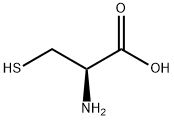
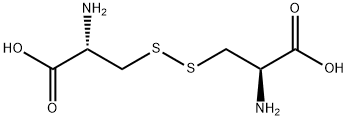
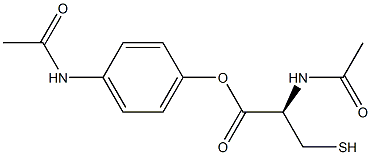

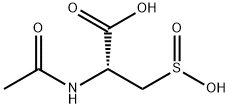
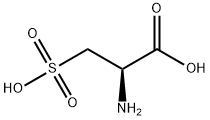

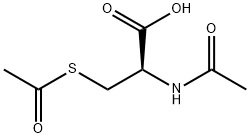
You may like
-
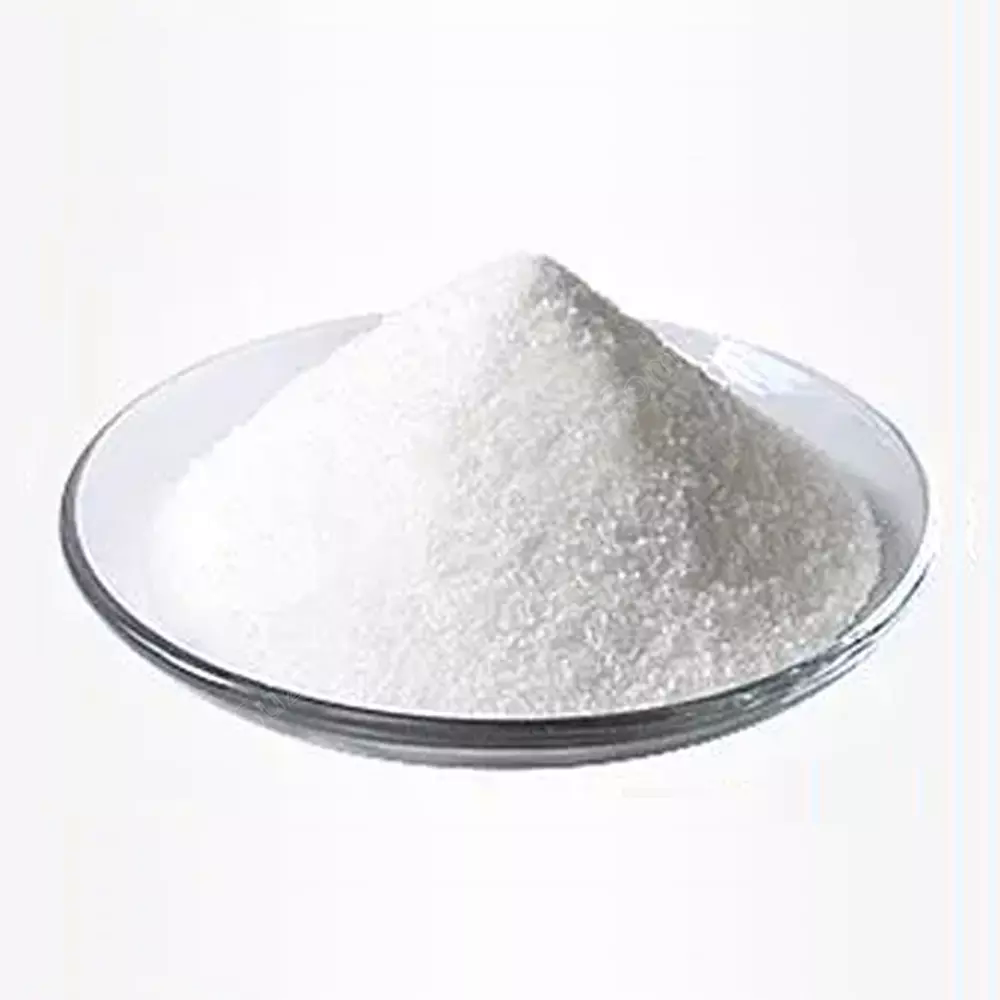 Acetylcysteine 98%View Details
Acetylcysteine 98%View Details -
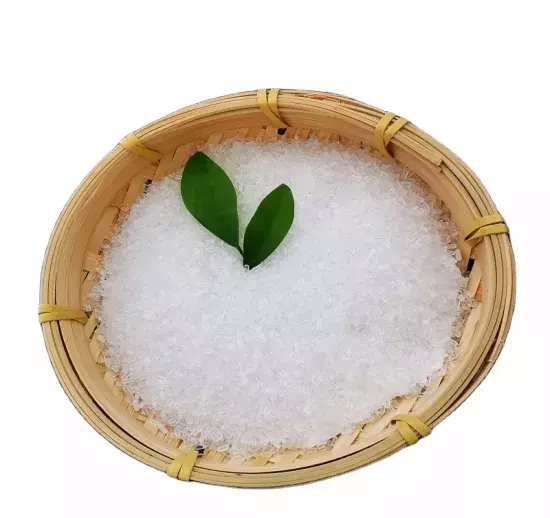 Acetylcysteine 98%View Details
Acetylcysteine 98%View Details
616-91- 1 -
 N-Acetyl - L - Cysteine 99%View Details
N-Acetyl - L - Cysteine 99%View Details -
 N-Acetyl-L-Cysteine ExiPlus CAS 616-91-1View Details
N-Acetyl-L-Cysteine ExiPlus CAS 616-91-1View Details
616-91-1 -
 N-Acetyl-L-cysteine 99% CAS 616-91-1View Details
N-Acetyl-L-cysteine 99% CAS 616-91-1View Details
616-91-1 -
 N Acetyl L Cysteine Powder, For CommercialView Details
N Acetyl L Cysteine Powder, For CommercialView Details
38520-57-9 -
 Acetylcysteine apiView Details
Acetylcysteine apiView Details
616-91-1 -
 N-Acetyl-L-Cysteine CAS: 616-91-1View Details
N-Acetyl-L-Cysteine CAS: 616-91-1View Details
616-91-1
